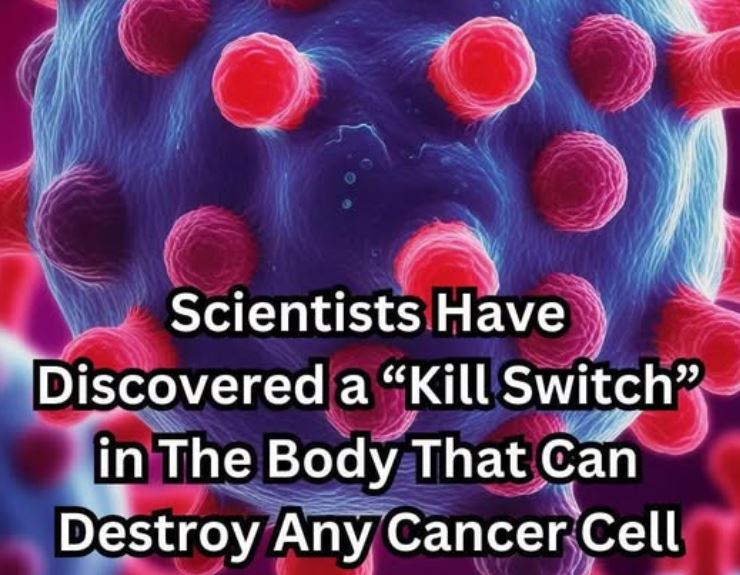A groundbreaking discovery by scientists at the UC Davis Comprehensive Cancer Center could change the way we treat cancer. Their research, published in the journal Cell Death & Differentiation, reveals a natural mechanism within the body that can be used to destroy cancer cells.
The study focuses on a receptor called CD95, also known as Fas or the “death receptor.” When activated, Fas triggers a process that causes cancer cells to self-destruct. This discovery is particularly exciting because earlier attempts to target this receptor had failed. According to Jogender Tushir-Singh, the study’s senior author and an associate professor at UC Davis, the identification of a specific epitope on Fas provides a new pathway for developing effective cancer therapies.
Fas receptors are located on the surface of cells and play a critical role in maintaining cellular balance. However, their potential in cancer treatment had not been fully explored until now. One of the major challenges in treating cancer is the ability of cancer cells to resist conventional therapies like chemotherapy and radiotherapy. Even advanced treatments, such as CAR-T cell therapy, have shown limited success, especially in treating solid tumors.
The study suggests that targeting Fas could help overcome this resistance and improve the effectiveness of existing immunotherapies. Tushir-Singh explained that the success of CAR-T therapy in certain cancers, like leukemia, is partly due to the activation of Fas. By leveraging this mechanism, researchers hope to extend the benefits of CAR-T therapy to other types of cancer.
This discovery could lead to more personalized cancer treatments, where patients are screened for the presence of Fas receptors on their tumors before undergoing therapy. While further research is needed, this breakthrough represents a significant step forward in the fight against cancer.


